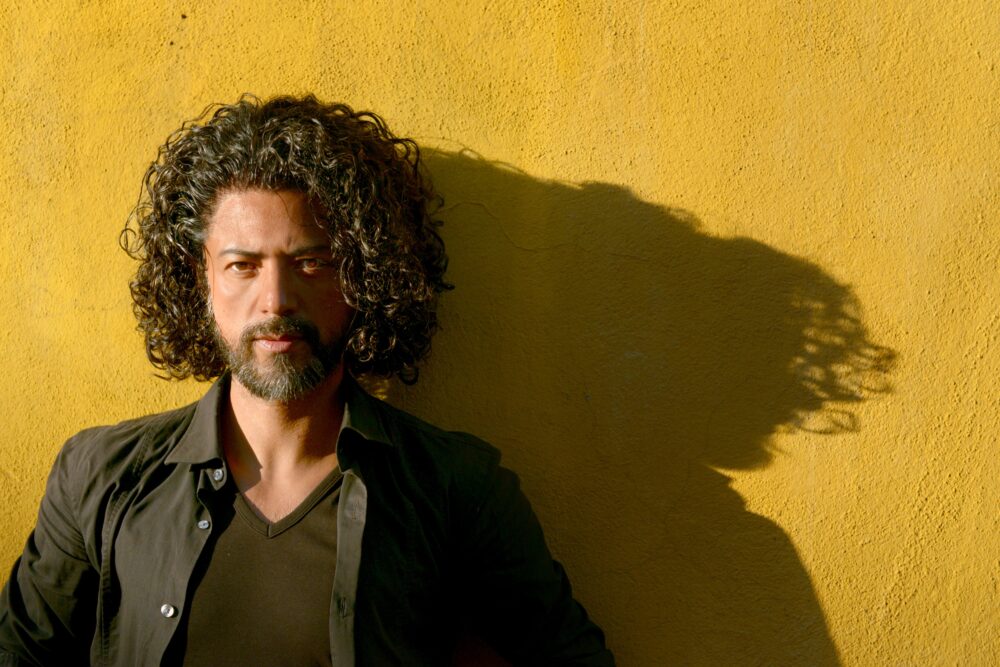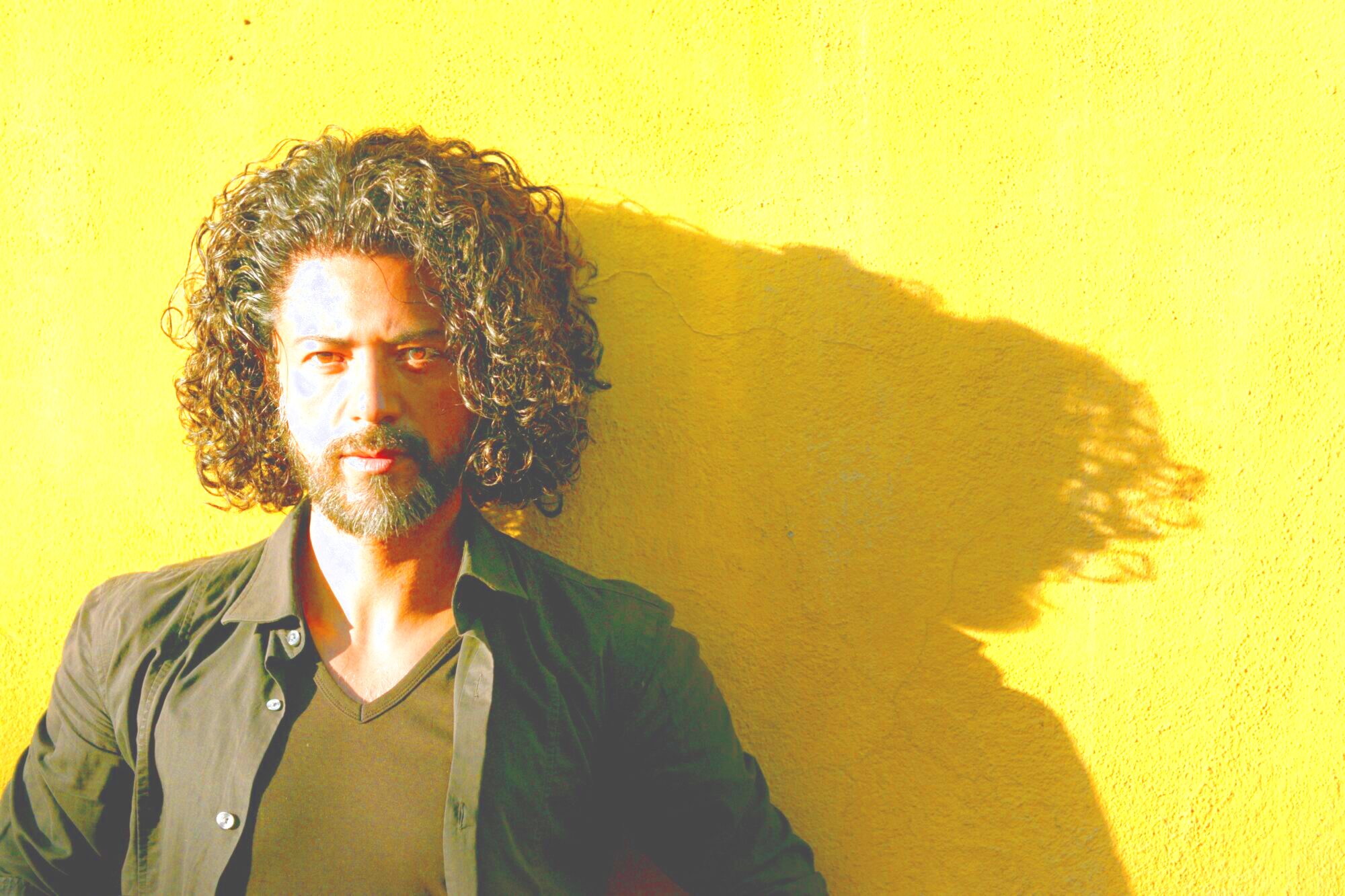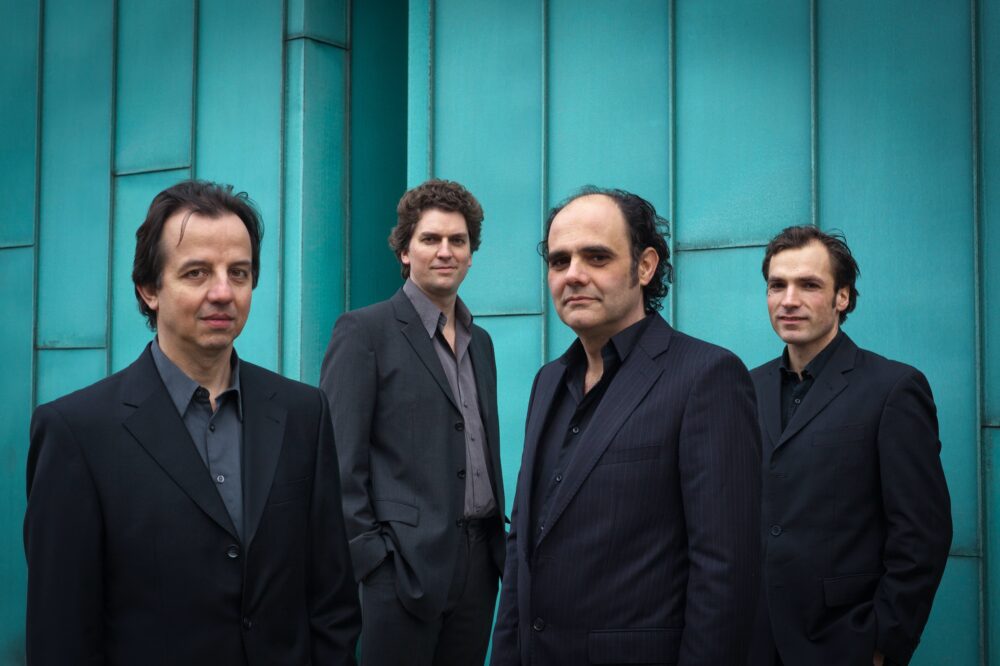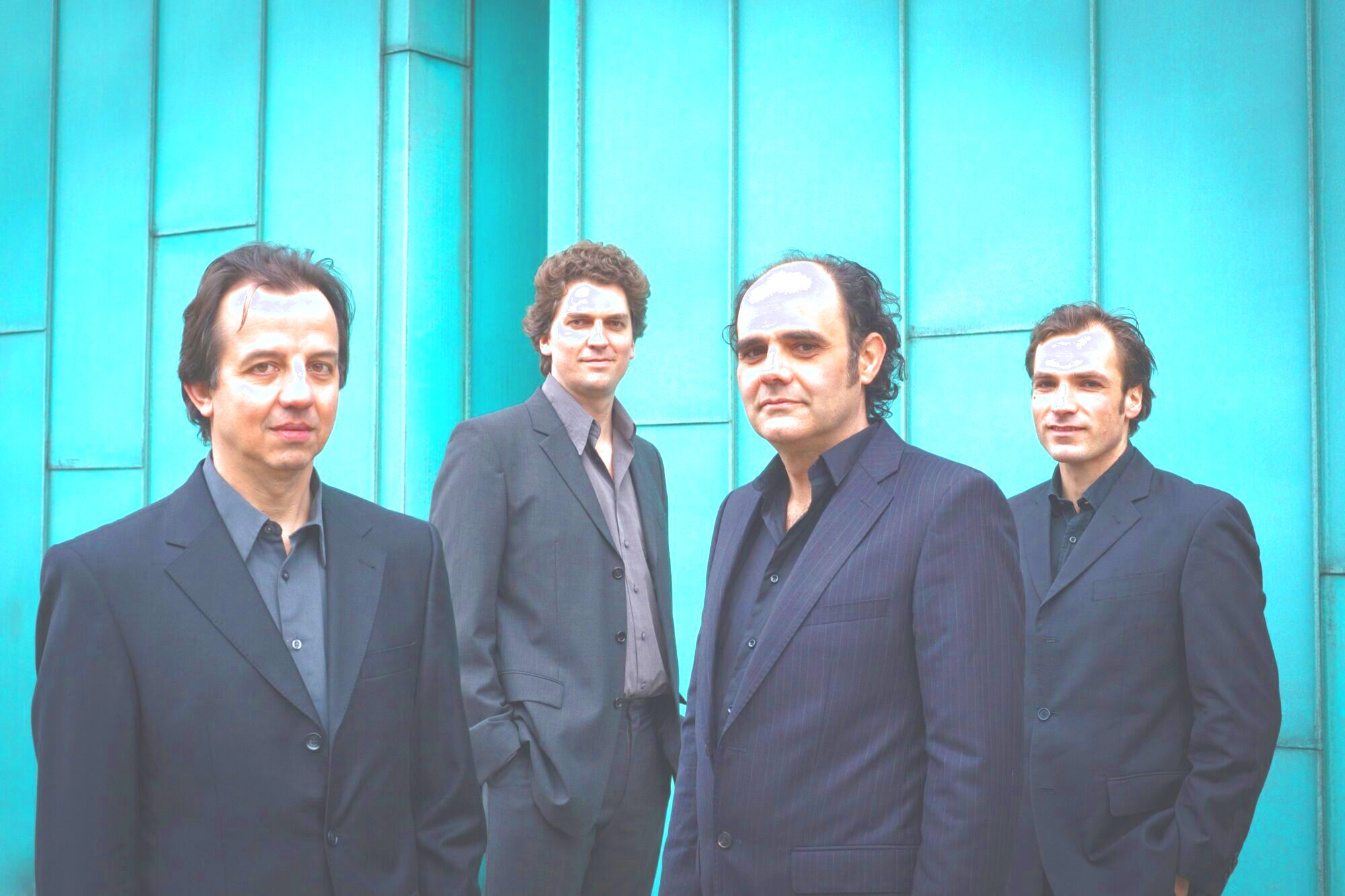Arturo Fuentes: Poème Maudit
Cursed poem
His genius was his curse, for many this phrase means what it is to be an artist: a creator who is misunderstood by his contemporaries, rejecting established norms, the rules of art and social conventions. So it was for Arthur Rimbaud, a poet of transgressive subjects who influenced modern literature and the arts. Jim Morrison, Patti Smith, Bob Dylan, André Bretton, Henry Miller, Pier Paolo Pasolini and many more were influenced by his poetry. For us, as artists in the composition and the music, it would be pertinent to ask: How much are we transgressors of established aesthetic norms?
Poème maudit is a sound work and a staging as if we were entering a Rimbaud dream, ecstatic by opium and Absinthe, with an expanded time and space such as his Illuminations or A seasson in hell. Young actress Alice Crepaz-Fuentes declaims the poetry of Rimbaud and other cursed poets such as Verlaine, Baudelaire and Trackl; her voice is modified electronically and mixed with the effects of the ALEPH Gitarrenquartett and the members of the Jugend-Gitarrenorchester Baden-Württenberg. Poème maudit (Cursed poem) is a scenographic concert that incorporates the microtonal, the minimalist and the spectral sonorities, and as in other of my scenic works, here we discover the dark psychology of a character, Rimbaud, on a sound journey.
Arturo Fuentes



